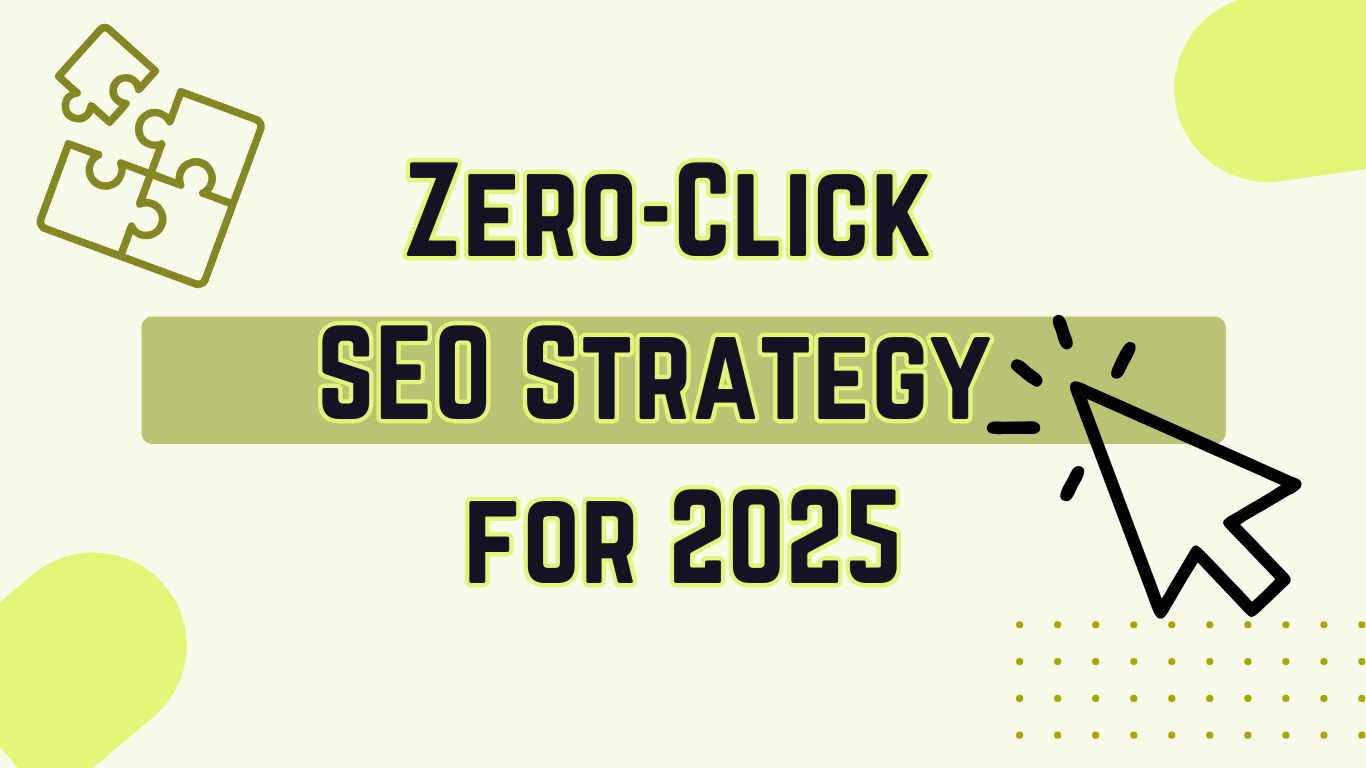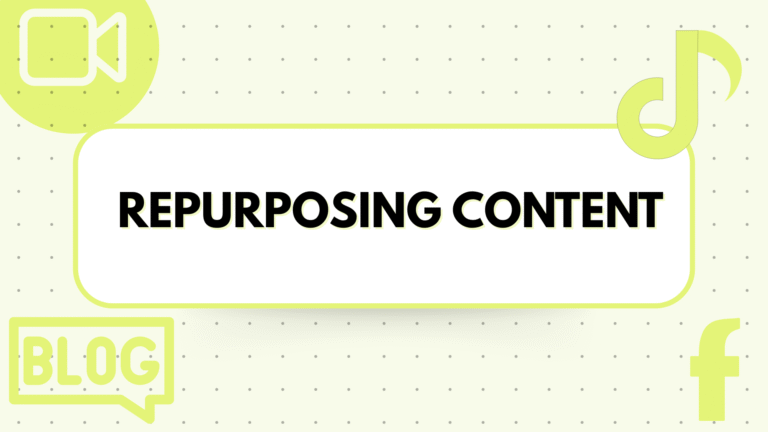The internet’s biggest search engines have turned into answer machines, spitting out information right on their results pages. Website owners watch their visitor counts drop while their carefully crafted content sits there in snippets, getting views but no clicks. It’s a tough break – though no one’s quite sure of the exact numbers.
Smart content creators aren’t sitting still. They’re mixing things up with eye-catching videos, graphics, and rock-solid writing that goes deeper than what a search snippet can show. The numbers back this up: 71% of bloggers swear by SEO, and sites loaded with videos and visuals pull in way more traffic and links.
Key Takeaway
- Search results aren’t just about clicks anymore, they’re about being the answer Google puts in that top spot
- Those feature boxes at the top of searches? Yeah, you need to be in them. Same goes for those “People also ask” sections that seem to go on forever
- Write like you’re answering someone’s question at a coffee shop – straight to the point, no fancy business talk
Understanding Zero-Click SEO Strategy for 2025
People don’t click anymore. That’s the harsh reality facing website owners in 2025, where most Google users get their answers right on the search page. Those little boxes and panels at the top of search results? They’re changing everything about how we think about SEO.
Latest numbers show about 65% of searches end without anyone clicking a link. For people on phones, it’s even worse – more than 75% never make it past Google’s first page. [1]
Defining Zero-Click Searches and Their Impact
The old ways of measuring website success don’t cut it anymore. Traffic numbers are dropping across the board because Google’s giving away all the answers up front.
For some site owners, the drop is made worse when poor link profiles or toxic backlinks are quietly dragging down their rankings behind the scenes.
Explanation of Zero-Click Searches on SERPs
Google’s gotten really good at giving people exactly what they want without making them work for it. Those featured snippets and quick answers at the top of the page (you know, the ones that show up in their own special box) are stealing all the thunder.
Some might say they’re too good at their job – they’re basically killing the need to visit actual websites.
Statistics Highlighting Zero-Click Trends in 2025
The numbers don’t lie, and they’re pretty brutal. Only about 40.3% of Americans actually click on anything when they search (down from 44.2% last year). [2]
Google’s AI summaries are showing up in roughly 10% of searches now, handling something like 41 billion questions every month. That’s a lot of traffic that’s not going anywhere.
Shifting SEO Objectives Beyond Click-Through Rates
Website owners need to wrap their heads around a new way of thinking. Getting clicks isn’t the game anymore – it’s about showing up in those special boxes at the top of Google’s results.
From Traffic Generation to Answer Ownership
Remember when everyone obsessed over traffic numbers? Those days are pretty much done. Now it’s all about getting your content featured in those snippets at the top of the page. But even the best zero-click placement can’t make up for the damage caused by link spam that skews search engine trust signals and pushes your content further down.
Branding and Authority in Zero-Click Environments
Getting your name in those featured spots is like winning prime-time advertising space, except you don’t have to pay for it (directly, anyway). When people keep seeing your brand name pop up in search results, they start thinking of you as an expert – even if they never visit your actual website. Kind of weird how that works, right?
Key Components of a Zero-Click SEO Strategy
Most folks don’t realize that getting seen on Google’s front page isn’t just about writing good content anymore. There’s this whole science behind showing up in those special boxes everyone sees before they start scrolling.
Featured Snippets and Knowledge Panels
You’ve probably seen those answer boxes sitting at the top of Google searches – they’re like the penthouse suite of search results. Some lucky website gets their content featured there, usually with a nice clean answer to whatever someone typed in.
And those knowledge panels on the side? They’re basically Google’s version of a business card, showing all the important stuff about a company or person without making anyone click anywhere.
People Also Ask (PAA) Boxes
These little accordion-style boxes are everywhere now. They’re kind of addictive – you click one question, and boom, three more show up below it. Some smart marketing people have figured out exactly how to write their stuff so it fits perfectly in these boxes. The trick is making your answers short and sweet, but not too simple.
AI-Driven Search Features and Overviews
The way Google’s AI reads websites now is pretty wild. It’s like having a super-fast reader who can scan thousands of pages in seconds and pull out just the important parts. The catch? Your writing has to be super clear and organized, or the AI just skips right past it.
Mobile and Visual Optimization
Nobody’s sitting at their desk searching anymore – they’re all on their phones waiting for coffee or killing time on the bus. If your website looks like garbage on a phone screen, you’re toast. And don’t even think about skipping the pictures and videos – Google’s got this thing for visual content now, especially those fancy carousel things that people can swipe through.
Optimizing Content for Zero-Click Features
Credits: Sleeping Giant Media
Writing for zero-click isn’t like writing your college essays. It’s more like answering questions at a job interview – straight to the point, no fluff.
Crafting Content for Featured Snippets and Knowledge Panels
Want to show up in those top boxes? Write like you’re explaining something to a friend. Quick, clear, done. Put the answer right up front – Google doesn’t have time for your life story.
Structuring Content with Clear, Concise Answers
- Break things down into bite-sized chunks
- Use headers that actually mean something
- Tables and lists are your friends
- Keep it simple – like, really simple
Implementing Schema Markup for Enhanced Search Engine Understanding
Yeah, this part’s a bit technical. Think of schema markup as little signs you put up telling Google “Hey, this is a recipe” or “This is a product review.” It’s like speaking Google’s language.
Leveraging People Also Ask (PAA) Boxes
Write how people actually talk. If someone’s asking “Why is my cat ignoring me?” don’t start with “Feline behavior patterns indicate…” Just answer the question like a normal person would.
Prioritizing Long-Tail and Conversational Keywords
Those weird, specific phrases people type into Google? Gold. “Best pizza NYC” is too broad. But “late night gluten free pizza lower east side”? Now you’re talking. That’s where the magic happens.
Preparing Content for AI-Driven Search Responses
Writing for robots sounds weird, doesn’t it? But here we are in 2025, tweaking our words so Google’s AI can make sense of them. It’s like teaching a really smart dog new tricks – the clearer you are, the better it works.
Providing Succinct and Relevant Information for AI Summaries
Cut the fluff. Seriously. AI doesn’t care about your clever metaphors or that joke you spent 20 minutes perfecting. Get to the point – fast. Think of those old newspaper leads: who, what, where, when, why. That’s your template right there.
Structuring Content for Easy AI Extraction
- Use headers that actually say something useful
- Break up walls of text into digestible chunks
- Put the main point right at the start
- Keep sentences short(ish)
- Add lists where they make sense (like this one)
Enhancing Brand Authority and Visibility Without Clicks
Nobody’s clicking anymore, but they’re still seeing you. Weird, right? It’s like being the expert everyone quotes but nobody calls – still counts for something though.
Building Trust Through Answer Ownership on SERPs
When Google pulls your answer for those top-of-page boxes, people notice. Maybe they don’t click through to your site, but they see your brand name right there, solving their problems. It adds up over time.
Positioning as an Authoritative Source in Zero-Click Elements
You’ve got to be the go-to source for something specific. Maybe it’s “fixing vintage motorcycles” or “sourdough bread troubleshooting” – whatever your thing is, own it. Be so good at explaining it that Google can’t help but show your answers.
Influence on User Decisions Without Direct Website Visits
Think about it – how many times have you seen an answer in Google and just… stopped there? But you remembered who gave you that answer, right? That’s what we’re going for. People might not visit your site, but they’ll remember who helped them out.
Integrating Mobile and Visual Elements
Phone screens rule the world now. About 70% of searches happen on tiny screens, usually when someone’s killing time or looking up something quick. Makes sense to focus there, right?
Designing Mobile-Friendly Experiences for Zero-Click Searches
Nobody’s got patience for slow-loading pages anymore. If your site takes more than three seconds to load, people are gone. And those fancy desktop layouts? They’ve got to work on phones too – no excuses.
Utilizing Images, Videos, and Rich Media in Search Carousels
Those sliding image galleries on Google? Pure gold. Throw in some decent photos, maybe a quick how-to video, and watch your stuff show up in those visual spots. Just keep the file sizes down – nobody needs a 4K image of a sandwich recipe.
Monitoring and Evolving Zero-Click SEO Practices
Numbers don’t lie. You’ve got to keep an eye on what’s working and what’s not, or you’ll end up shooting in the dark.
Tracking Performance of Zero-Click Features
- Check which answers Google’s picking up
- Watch for patterns in the questions people ask
- See which content format works best (lists seem to win a lot)
- Keep tabs on your competition’s featured snippets
Measuring Visibility in Featured Snippets, PAA, and Knowledge Panels
Some days you’re up, some days you’re down. Track when Google shows your stuff in those prime spots. Sometimes you’ll lose a featured snippet – figure out why and fix it.
Analyzing Brand Impact Versus Click Metrics
Sure, clicks are down, but are people recognizing your brand? Maybe they saw your name in three different answer boxes this week. That counts for something.
Adapting to Emerging AI and Search Engine Trends
Google changes its mind more often than a kid in a candy store. What worked last month might tank today. Keep up with the changes, but don’t chase every shiny new trend.
Integrating Feedback Loops and Content Updates
Listen to what people are actually asking. Update your stuff when things change. Fixed a common problem? Update that FAQ page. New industry standard? Better mention it. Stay current or get left behind.
Conclusion
Adapting to a zero-click SEO strategy is not just beneficial; it’s essential.
By focusing on answer ownership, optimizing for features like snippets and PAA boxes, and enhancing your brand authority, you can maintain visibility and influence, even as clicks decline. Embrace these changes to ensure your brand thrives in a world where information is just a search away.
If you want to learn more about adapting your strategy for the future, reach out today.
References
- https://www.kentinvictachamber.co.uk/members-blog/dominating-the-zero-click-era-what-marketers-need-to-know-in-2025/
- https://bostoninstituteofanalytics.org/blog/why-zero%E2%80%91click-ai%E2%80%91driven-search-are-changing-seo-forever-in-2025/
Related Articles
https://createandgrow.com/what-is-link-spam/
https://createandgrow.com/blogging-statistics/
https://createandgrow.com/toxic-backlinks/
Frequently Asked Questions





